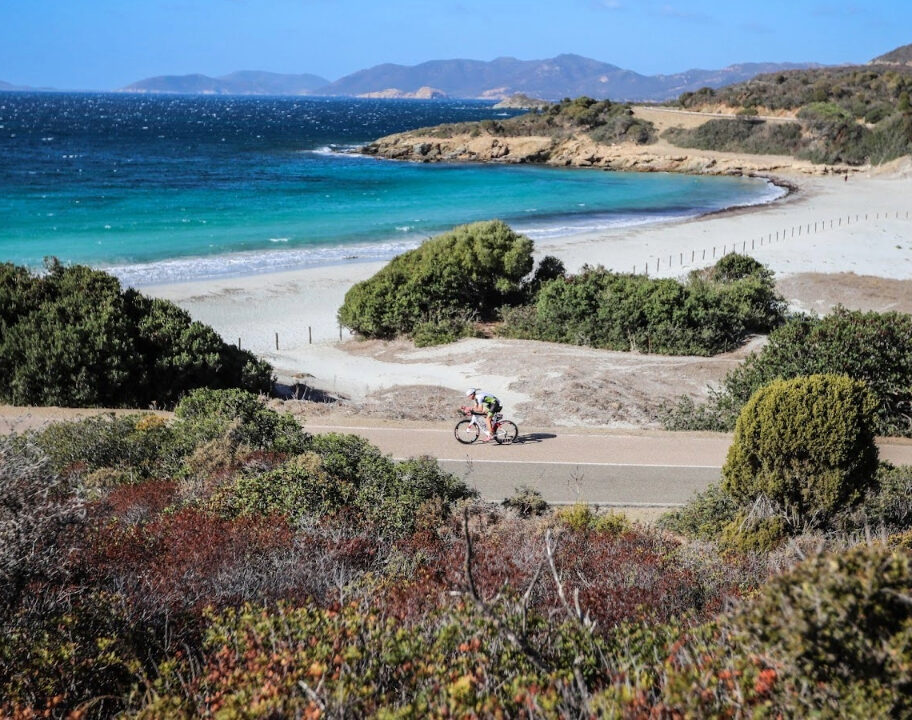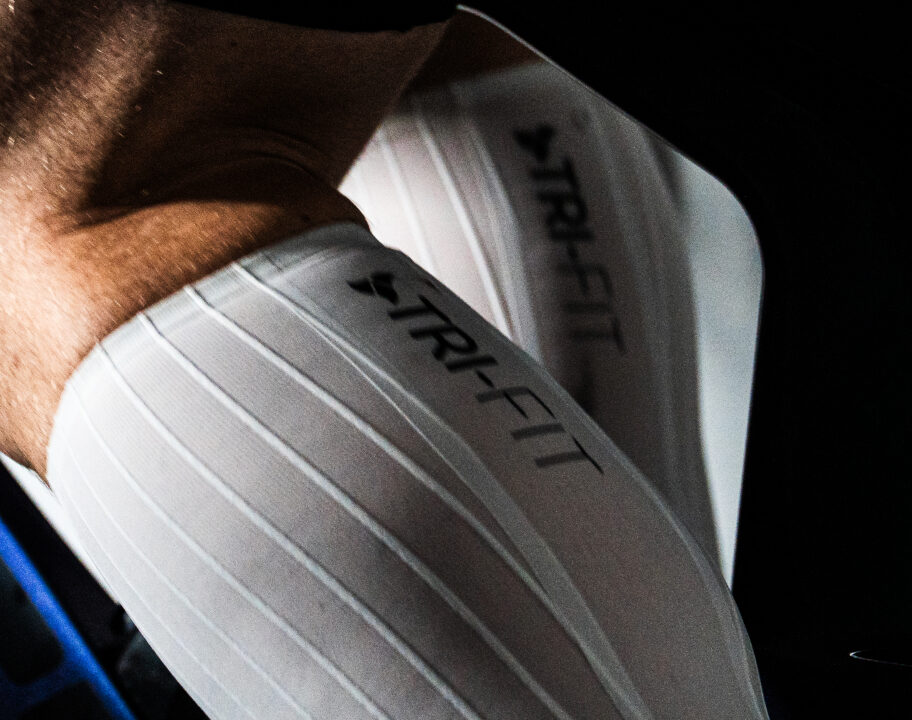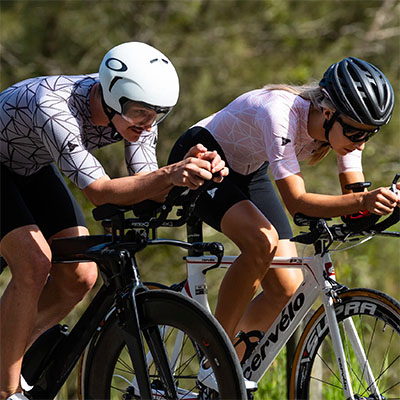When we think about the potential negative effects of swimming in cold water, our first thoughts are often incidents of cold water shock, hypothermia or dangerous water conditions. But another potential cold water swimming risk to be aware of is SIPE – swimming-induced pulmonary edema.
While SIPE is still a relatively rare occurrence, as more people take up open water swimming and look to continue their outdoor swimming all year round research from the National Institutes of Health has shown that incidences are on the rise. We dive into what SIPE is, the signs and risk factors, and what to do if you or someone you’re training with experiences symptoms. So you can enjoy all the benefits of your cold water swims, safely.
What is SIPE?
SIPE stands for swimming-induced pulmonary edema. It’s a rare, but potentially serious, condition which effects the respiratory system and causes sudden and severe breathlessness out of proportion with perceived effort levels either during or immediately after swimming, often in otherwise healthy individuals. This intense breathlessness can also be accompanied with coughing up blood-tinged sputum (frothy fluid) and a feeling of tightness in the chest.
While the precise cause of SIPE is unknown, research suggests it is associated with an acute rise in blood pressure caused by high levels of exertion while immersed in water. An analysis of SIPE published by the American College of Cardiology explains that immersion in water puts compressive forces on the body, increasing pressure on the blood vessels. This can be further exacerbated by tightly fitting wetsuits. This pressure causes a redistribution of blood volume to the thoracic cavity (i.e. the chest area) and raises blood pressure. Cold water immersion in particular has been found to increase blood pressure.
It’s thought that this increase in pulmonary vascular pressure can cause microscopic tears in the barriers of the alveoli – the small blood vessels in the lungs – allowing blood to ‘leak’ from the vessels into the lungs, causing a build-up of fluid.
Why is SIPE dangerous?
Symptoms of SIPE can often reduce once the individual exits the water and rests, however it’s important that anyone suffering from suspected SIPE receives medical attention to check oxygen levels and if necessary remove fluid from the lungs.
Obviously the experience of breathlessness and coughing up blood-tinged fluids will be alarming in its own right. And unchecked, SIPE can also lead to further complications such as increased pressure on the right side of the heart causing the ventricle to fail. So it’s important to know the signs, and to get checked out. Particularly in the context of triathlon and endurance sport where we might be tempted to push through and continue with our race or training session – increasing the likelihood of more serious complications.
Signs & symptoms
Occurrences of SIPE are still relatively rare – research estimates a 1.4% rate of prevalence amongst triathletes. But because there’s still so much that’s unknown about the condition, the true prevalence hasn’t been reported. With the increasing popularity of cold water swimming and ‘extreme’ triathlon events, it’s important to know the signs and symptoms of SIPE, particularly as it can occur ‘out of the blue’ in otherwise healthy individuals with no symptoms prior to entering the water.
Signs and symptoms of SIPE can include some or all of the following:
- Breathlessness out of proportion with effort levels
- Unexplained and/or uncontrollable coughing not associated with inhaling water
- Coughing up frothy, pink-tinged fluid or phlegm (blood-tinged sputum)
- Tightness in the chest
- Crackling/whistling/wheezing sound from the chest
Risk factors
Studies so far have identified a number of potential risk factors that may increase the likelihood of SIPE occurring – though it’s important to note that you could tick all of these boxes and not experience SIPE, since the precise cause remains unknown. Potential risk factors include:
- Excessive hydration prior to swimming – it’s thought that taking on significant fluids, particularly with salt tablets, prior to entering the water may contribute to the overall increase in hydrostatic pressure.
- Wearing a tight wetsuit – again further adding to the increase in pressure which in turn elevates pressure on the blood vessels.
- Cold water
- Existing high blood pressure and/or underlying cardiovascular issues
- Over exertion and/or lack of warm up
- Previous history of SIPE – research suggests reported recurrence rates from anything between 13-75%
What to do if you experience SIPE symptoms while cold water swimming
If you or someone you’re swimming with starts to exhibit symptoms of SIPE, it’s important to get out of the water as soon as possible. This will alleviate the increased pressure caused by being immersed in the water, and will also reduce exertion levels. Symptoms will typically get worse the longer you continue to swim and exert yourself, so resist the temptation to push through and hope it passes. Struggling to catch your breath and coughing uncontrollably isn’t exactly a fun swimming experience anyway!
Once back on dry land, it’s recommended to take a seat and rest but remain upright so the fluid can drain. Many people report that symptoms disappear on their own within 48hrs. But if you experience an episode of suspected SIPE – even if you feel better quickly – it’s still recommended to see a doctor/medical professional to ensure the fluid has drained, your oxygen levels are normal and there’s no sign of underlying causes. And don’t hesitate to seek urgent medical care if symptoms don’t improve once you’re back on dry land.
Remember SIPE and other negative effects of cold water swimming are rare
That might all sound a little bit scary. And while it’s important to be fully aware of all the potential risks of swimming in cold water, so you can mitigate them and take action before anything turns into a serious issue. It’s also important to remember that cold water swimming comes with a huge number of benefits. Done safely, wild swimming adventures can be great fun all year round! Take a look at our cold water swimming gear guide to make sure you’ve got everything you need to enjoy the water this winter.




















